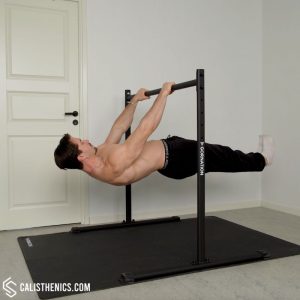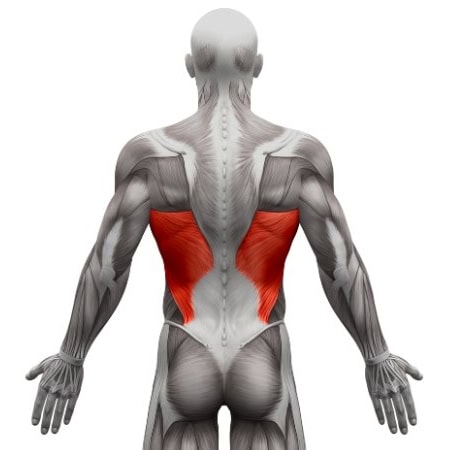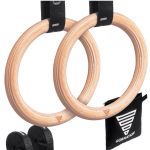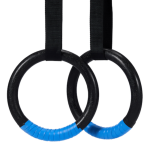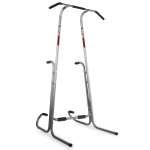Front Lever
How to do Front Lever?
The full front lever is an advanced calisthenics skill that requires immense strength, stability, and control. In this exercise, the athlete holds their body parallel to the ground with both legs straight, together, and toes pointed. The position demands significant core, back, and shoulder engagement while demonstrating full-body tension and alignment. Mastering this skill showcases exceptional strength and control in the posterior chain and core.
Check out our ▶️ front lever training routine to unlock the full front lever!
The equipment used is the ▶️ Static Bar from GORNATION --> For 10% off use code CS10.
CREDIT: This video was prepared in collaboration with calisthenics athlete Simon Imhäuser who was performing the exercise in the video and calisthenics coach Daniel Flefil who shot and edited the video.
Steps to Perform a Proper Full Front Lever:
1. Set Up on a Pull-Up Bar or Rings:
• Grab a pull-up bar or gymnastics rings with a shoulder-width overhand grip (pronated grip).
• Fully extend your arms and engage your shoulders by pulling them down and away from your ears (scapular depression).
2. Engage Your Core and Prepare to Lift:
• Begin in a hanging position with your body fully extended.
• Engage your core, lats, and glutes to stabilize your torso and prepare for the lift.
3. Lift Your Body into the Lever Position:
• Lean back slightly while simultaneously lifting your legs to align your body horizontally.
• Keep your legs straight, together, and parallel to the ground, with toes pointed.
4. Align Your Body Parallel to the Ground:
• Ensure your head, shoulders, hips, and feet form a straight line, maintaining tension throughout your entire body.
• Focus on keeping your core tight and your lats fully engaged to support the position.
5. Hold the Front Lever:
• Maintain the position for as long as possible, keeping your body still and aligned.
• Avoid bending your elbows or letting your shoulders shrug upward.
6. Lower Back to the Starting Position:
• Slowly lower your body back to a hanging position with control, keeping tension in your muscles throughout the descent.
7. Repeat the Movement:
• Perform multiple holds or repetitions, gradually increasing the duration of each hold as your strength improves.
How to Progress Toward the Full Front Lever
For Beginners:
1. Start with Tuck Front Lever: Begin with a tucked position to build core and back strength.
2. Progress to Advanced Tuck or Straddle Variations: Gradually extend your legs into advanced tuck or straddle positions to increase the difficulty.
3. Incorporate Assisted Holds: Use a resistance band around your hips for support as you practice holding the full front lever position.
For Intermediate Athletes:
1. Extend Hold Durations: Increase the time you can hold advanced progressions, such as the straddle or one-leg front lever.
2. Perform Controlled Lowering: From the full front lever position, slowly lower yourself back to a hanging position to build eccentric strength.
3. Practice on Rings: Train on gymnastics rings to improve stability and shoulder engagement.
Benefits of the Full Front Lever
• Builds Core and Back Strength: The full front lever heavily engages the lats, core, and posterior chain, improving overall upper body strength.
• Improves Body Control and Stability: Mastering this position enhances balance, coordination, and awareness.
• Demonstrates Full-Body Tension: Holding the front lever requires engaging nearly every muscle group, showcasing exceptional strength and control.
• Enhances Shoulder Stability: Promotes scapular control and shoulder engagement, reducing the risk of injury.
• Functional Strength Development: Builds strength that translates to other advanced calisthenics skills and athletic movements.
• Minimal Equipment Requirement: Requires only a pull-up bar or gymnastics rings, making it accessible for home or outdoor training.
Common Mistakes to Avoid
• Bending the Legs: Keep your legs straight and together throughout the exercise to maintain proper form and tension.
• Shrugging Shoulders: Ensure your shoulders remain depressed to stabilize your upper body and avoid unnecessary strain.
• Sagging Hips: Keep your hips aligned with your torso to prevent sagging or twisting.
• Using Momentum: Avoid jerking or swinging into the position; focus on slow, controlled movements.
• Holding Your Breath: Breathe steadily to stay relaxed and maintain focus during the hold.
Tips for the proper execution of Front Lever
Engage Your Entire Body: Keep your core, lats, glutes, and legs tight to maintain stability and alignment.
Scapular Depression: Keep your shoulders down and away from your ears to support proper alignment and avoid strain.
Point Your Toes: Fully extend your legs and point your toes to maintain tension and proper form.
Controlled Movements: Avoid swinging or using momentum; focus on slow, deliberate transitions into and out of the front lever.
Breathe Steadily: Maintain steady breathing to stay relaxed and focused during the hold.
Muscles worked when doing Front Lever
Primary Muscles:
•Latissimus Dorsi (Lats): Provide stability and control, keeping the torso aligned and parallel to the ground.
•Core Muscles: The rectus abdominis, transverse abdominis, and obliques stabilize the torso and maintain alignment.
Secondary Muscles:
•Rhomboids and Trapezius: Assist in scapular depression and shoulder stabilization.
•Biceps: Engage isometrically to support the arms during the hold.
•Erector Spinae: Stabilize the spine and resist gravitational pull.
•Glutes: Activate to maintain hip alignment and support the lower body.
•Hip Flexors: Assist in holding the legs up in the extended position.
Primary Muscle(s):
Secondary Muscle(s):
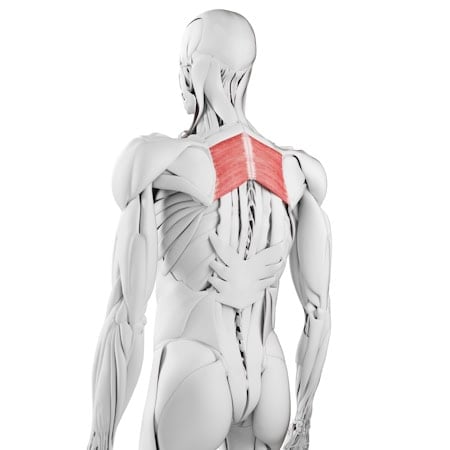
Rhomboid
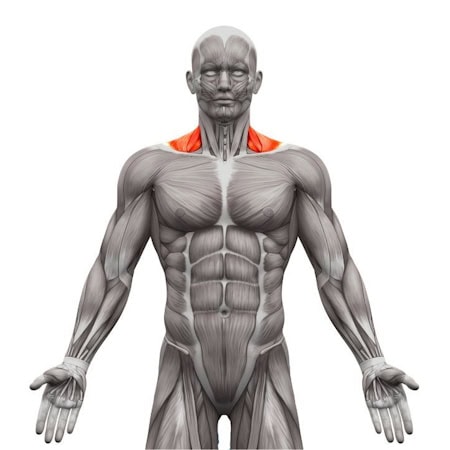
Trapezius
Adjust the difficulty of Front Lever
How to make Front Lever harder?
How to make Front Lever easier?
How to make Front Lever harder?
To make Front Lever harder:
-
Increase Hold Duration: Gradually extend the time you hold the front lever to build endurance and strength.
-
Perform Front Lever Pulls: From the hanging position, pull your body into the front lever position and return to hanging, focusing on controlled, deliberate movements.
-
Use Gymnastics Rings: Perform the front lever on gymnastics rings to introduce instability, requiring greater muscle engagement and control.
-
Add Weights: Use ankle weights or a weight vest to increase resistance, challenging your core and back muscles even more.
-
Incorporate Dynamic Movements: Transition between different front lever variations (e.g., full front lever to straddle or tuck) to enhance control and coordination.
How to make Front Lever easier?
To make Front Lever easier:
-
Use a Resistance Band: Loop a resistance band around a pull-up bar or rings and place it under your hips for support. Choose a band with higher resistance to reduce the load.
-
Start with Tuck Variations: Perform the tuck front lever or advanced tuck front lever, where your knees are bent, reducing the leverage and intensity.
-
Try the Straddle Front Lever: Spread your legs apart in a straddle position to reduce the load on your core and back while maintaining proper alignment.
-
Focus on Controlled Negatives: From the hanging position, slowly lower your body into a partial front lever and return to hanging. This builds eccentric strength.
-
Train Core and Back Separately: Strengthen your core with exercises like hanging leg raises and your back with pull-ups and rows to build the muscles needed for the full front lever.

